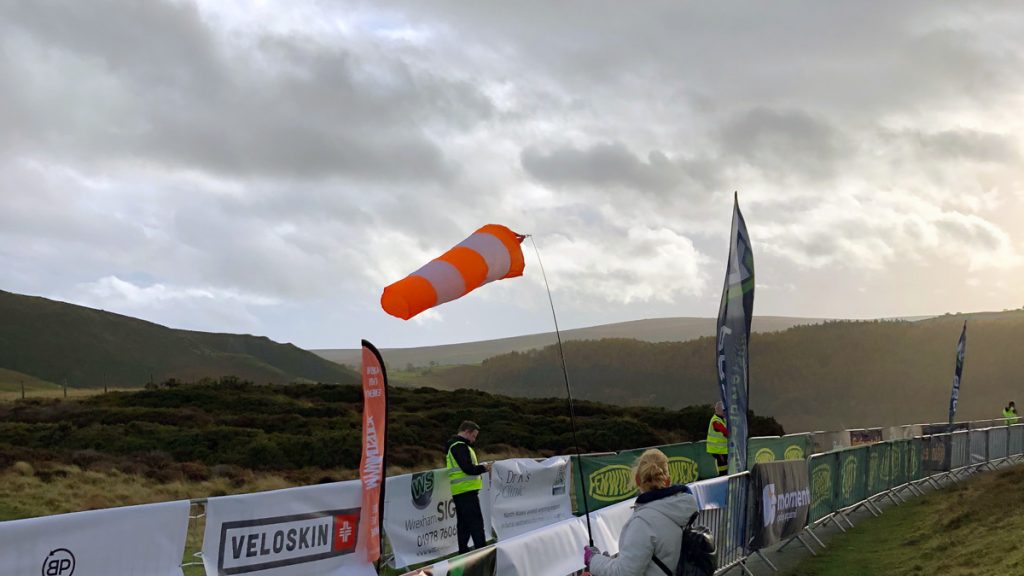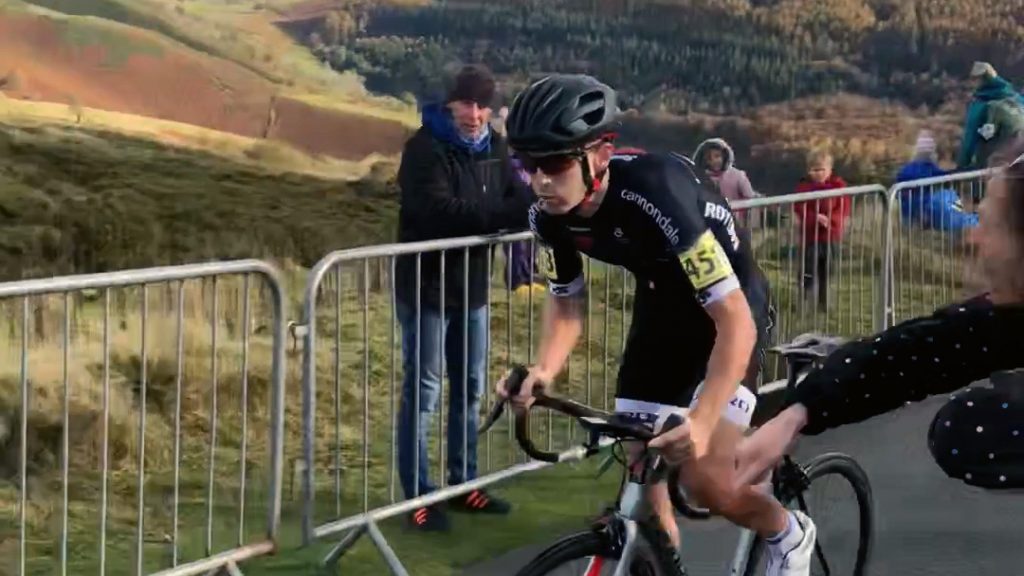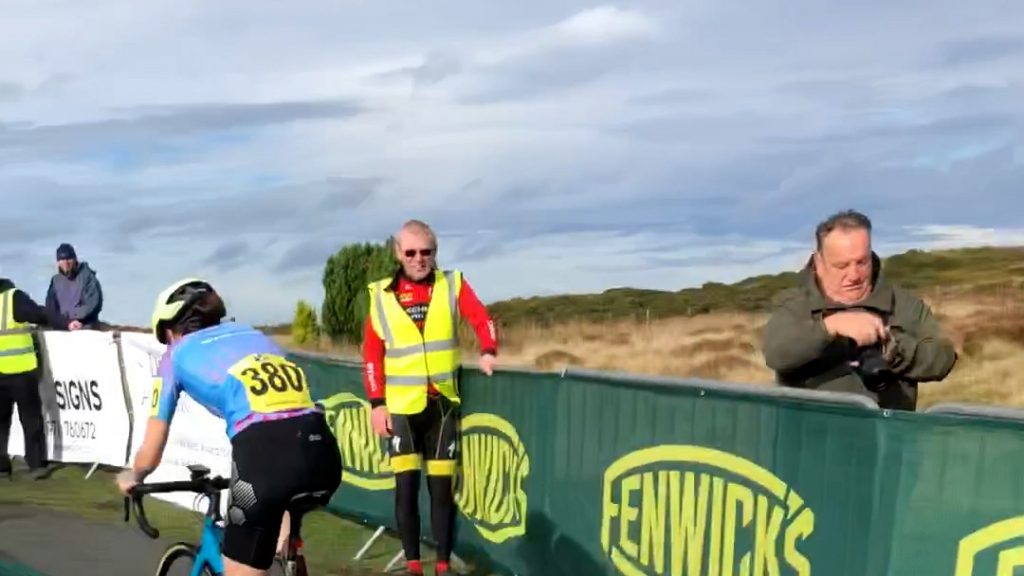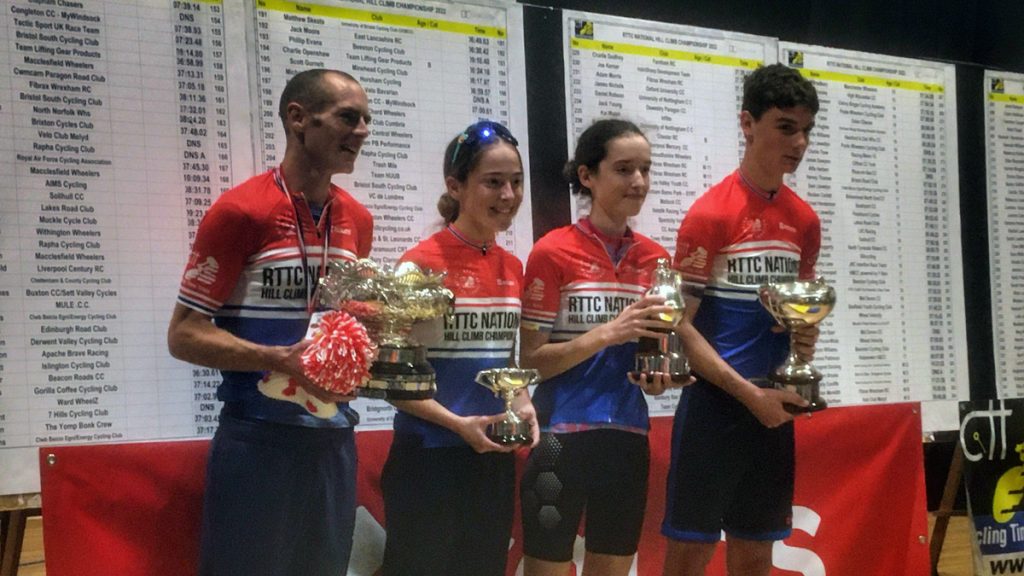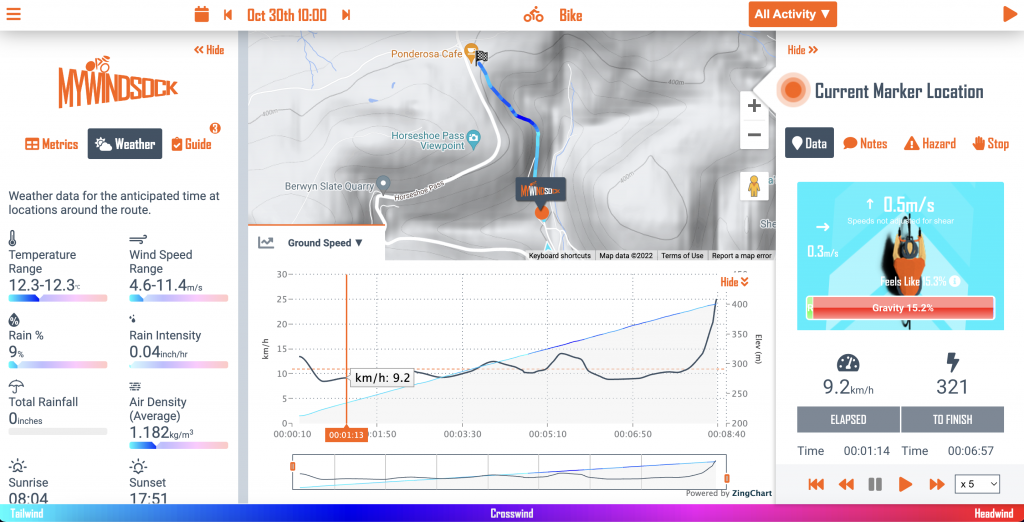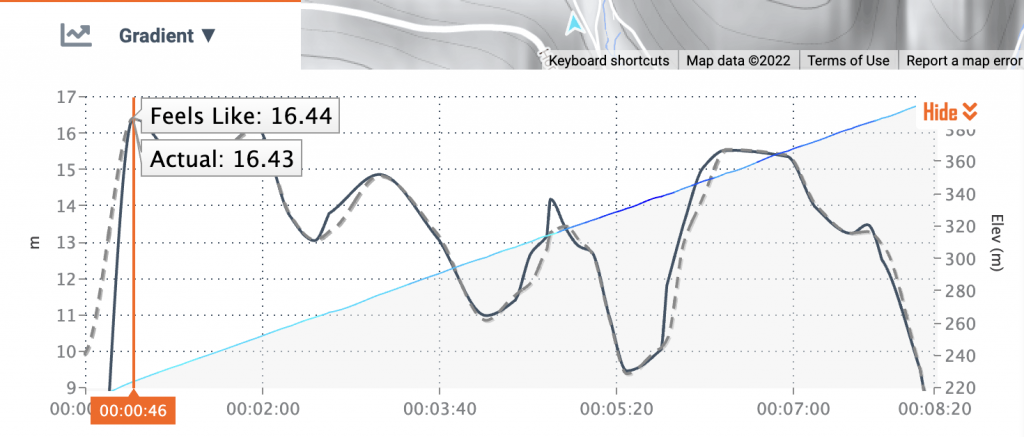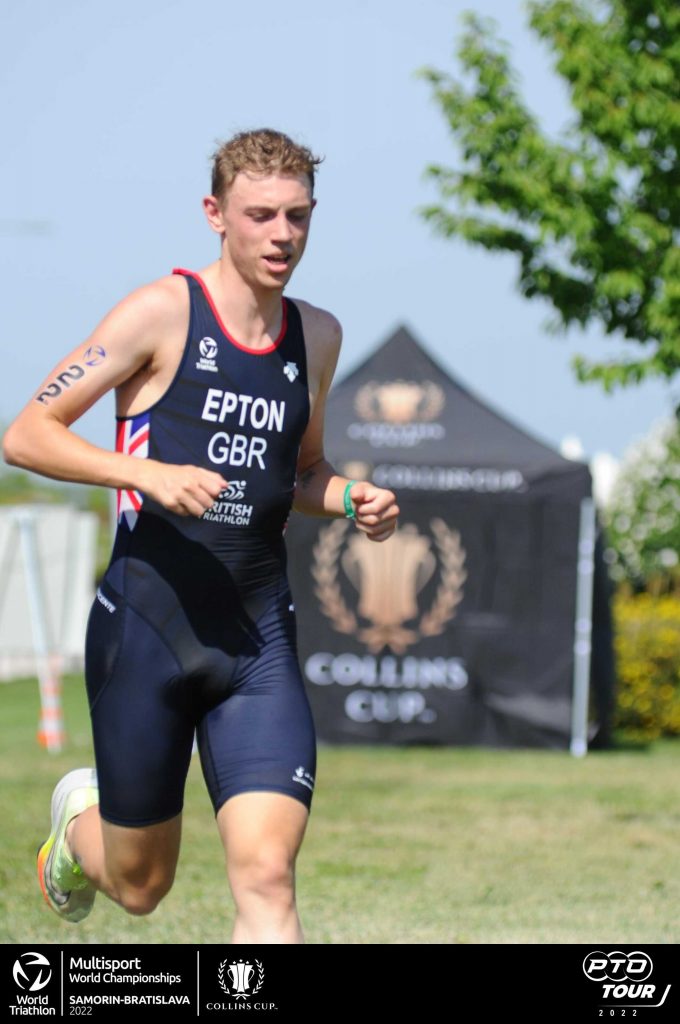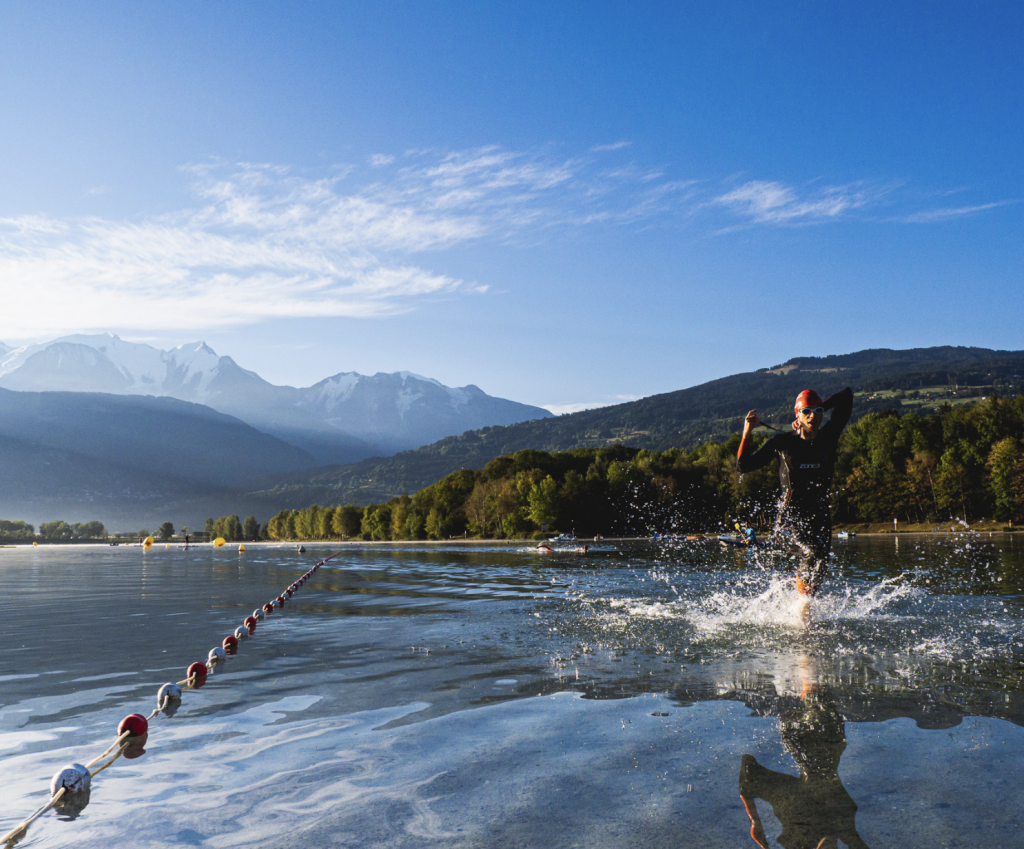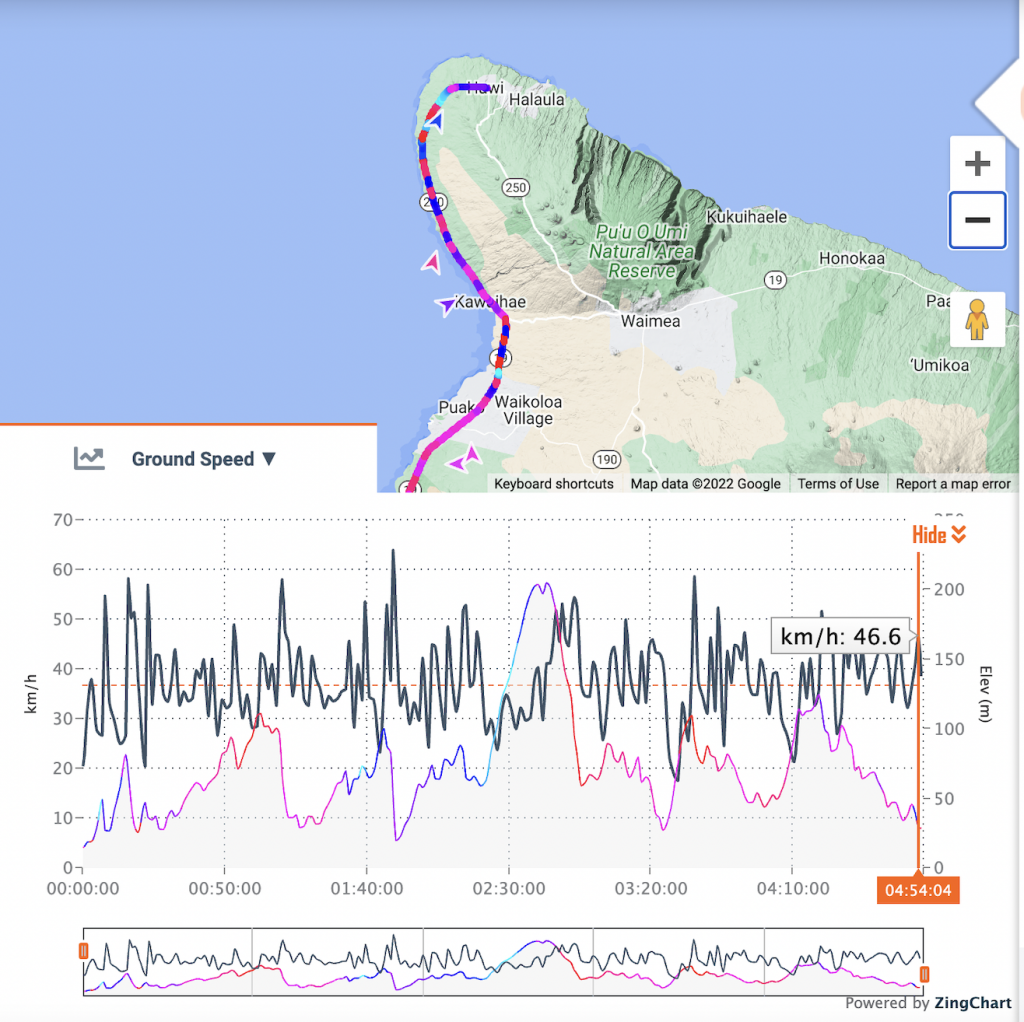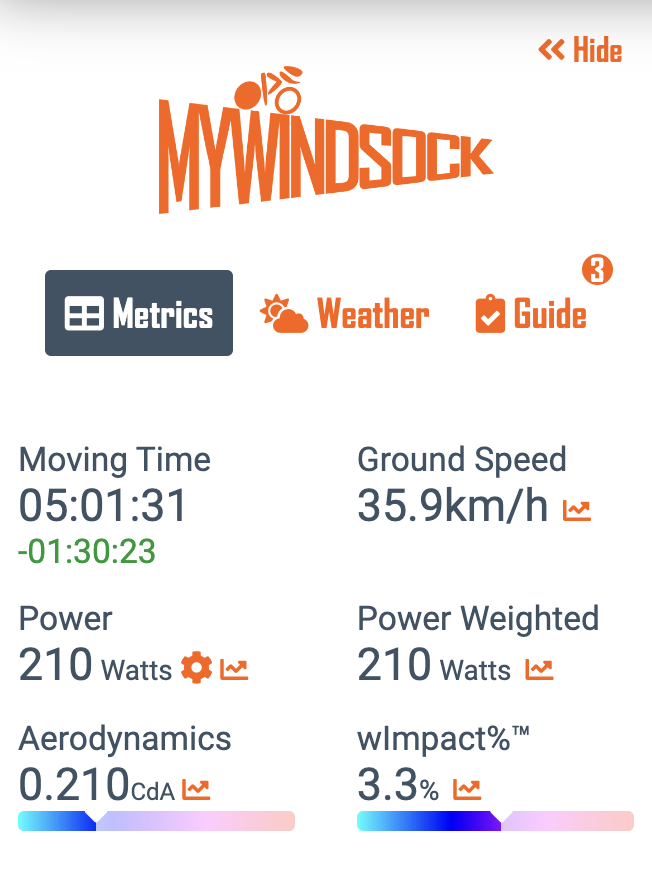Aero field testing is available to all Premium members with power meter data by simply viewing their Strava Activity Weather or uploading a TCX file. Learn more about Premium.
When you head out to do an aero test using myWindsock, there’s always a question of how much you can trust your results. We understand this and have a tool for this in our aero test mode – confidence!
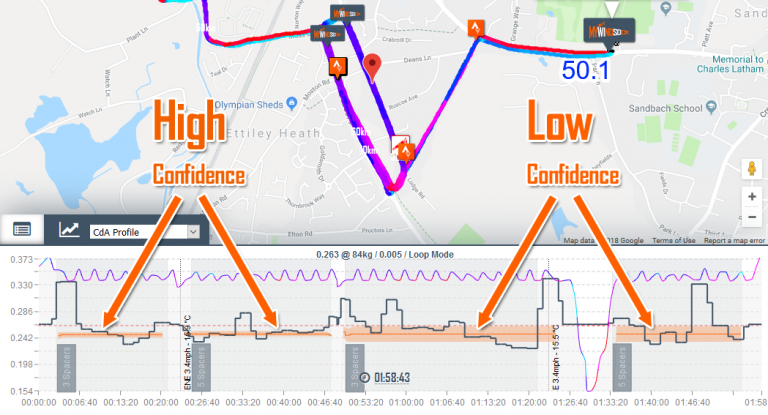
In the above image you can see that the rider (Ben) alternated between two positions. The first two runs went reasonably well and the Orange Test Range around the Test Average is very narrow. I had enough good consistent loops and the bad loops were detected well by the filter. This is a test with ‘High Confidence’. The narrower the confidence bar, the lower the variance between calculated cda values. The aim, when doing an aero test, is to make this range as narrow as possible.
Top 5 reasons you have a high test range
- Traffic at turns – Leaving your position or using the brakes on a large number of your loops will cause a high Test Range. Choose quieter times of day or ensure a greater quantity of good loops vs bad. Ensure when you do use your brakes you use them sufficiently enough to greatly impact the loop CdA otherwise it may not be filtered and make its way into the test range, take the opportunity to sit up and relax before the next loop.
- Traffic passing – Your CdA is affected by traffic in both directions. Oncoming traffic will increase your CdA whilst traffic passing you in the same direction will decrease your CdA. Choose times of day that have the lowest or most consistent level of traffic. If you suspect a bad loop due to traffic brake to a stop to demonstrate to the loop filter that it is a bad loop.
- Gear changes – Changing gear will change your drive train efficiency. If you do have to change gear (ideally don’t) make sure you always change at the same location. Do not change loop to loop and test to test. Pick a gear, make a note of it, check that you’re in it and leave it.
- Insufficient test loops – If you have a really good test loop, a velodrome for example, you can get away with a handful of loops per test. If however you aren’t that lucky more loops are required. Remember using a short loop will isolate problems and speed up your test.
- Position discipline – Make sure you are paying attention to your position. Doing some loops relaxed and some loops focused will lead to a wide range. Small changes to position are too subtle to be weeded out by the loop filtering process and will therefore produce a large Test Range.
Aero field testing is available to all Premium members with power meter data by simply viewing their Strava Activity Weather or uploading a TCX file. Learn more about Premium.
This blog post was written by Ben back in 2017 but has been adapted and reposted in November 2022!




 UK Time Trial Events
UK Time Trial Events